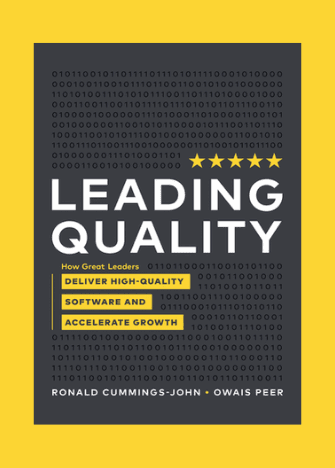With this article, we guide you through our rules, structure, and formatting to craft an insightful testing case study. Upon approval, you will not only receive compensation and a certificate for your contribution but also have the chance to elevate your professional standing by showcasing your insights on social media platforms.
As a tester, detailing the challenges faced, the strategies employed, and the lessons acquired in the heat of a Test Cycle is more than just putting pen to paper. It is a profound sharing of insights that can shape the trajectory of fellow testers.
Choosing the Title
Base your title on the most important term or concept in your text, one that will be used prominently throughout, helping readers quickly grasp the essence of your case study. Aim for a title that is catchy, descriptive, and that direct.
Think about how your audience would search for this content on search engines and choose terms that align with common search queries. Additionally, ensure that your title falls within the range of 40 to 70 characters, as this optimal length strikes a balance between being informative and easily digestible.
Writing your Testing Case Study
To create an impactful testing case study, structure your article in bullet points and utilize subtitles to organize your content into distinct parts: title, introduction, subtitles, body of the text, conclusion, and references. Subtitles should cover Introduction, Challenges, Approach/Strategy, Results, and Conclusion, ensuring a logical flow of information.
Be vigilant against plagiarism, as it is strictly prohibited, and any occurrence is the responsibility of the text author. The optimal length for your text is a minimum of 300 words, striking a balance between being concise and providing comprehensive insights.
Introduction
In the opening of your testing case study, provide a concise overview of the Test Cycle. Specify the testing effort in hours, device requirements, project type (e.g., Test Case Execution, Exploratory, Usability), and the product under test (e.g., web3 gaming, cryptocurrency transactions).
Outline the goals and objectives, such as translation, bug identification, or evaluating payment flow. This sets the stage for a focused and informative exploration.
Challenges
In the challenges section, address specific testing hurdles, including bug reproduction, identification, severity classification, and unexpected issues. Share insights on common bug types and their severity, while also highlighting discrepancies between expected and actual results.
Approach/Strategy
Elaborate on the specific strategies employed for each challenge, providing a comprehensive understanding of your problem-solving approach.
Results
Provide insights that can be valuable for other testers and QA professionals. Explore how this test potentially impacted the customer’s business, sharing possible results and improvements for the products.
Conclusion
Summarize the key takeaways from the case study.
Sending the article
Submit your Case Study as a request through our Support Centre, selecting the “Content Creation Program” topic and attach the file downloaded in .docx format.
Showcase your expertise and elevate your testing journey! For inspiration, check out our first published Case Study.







